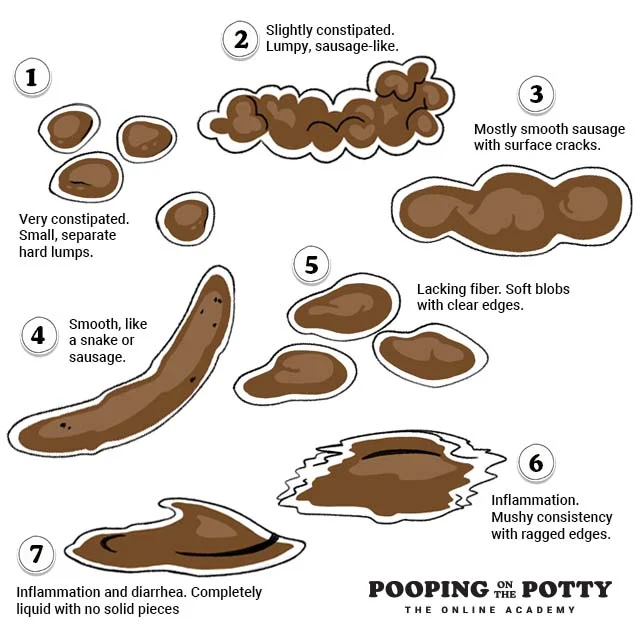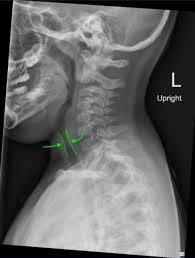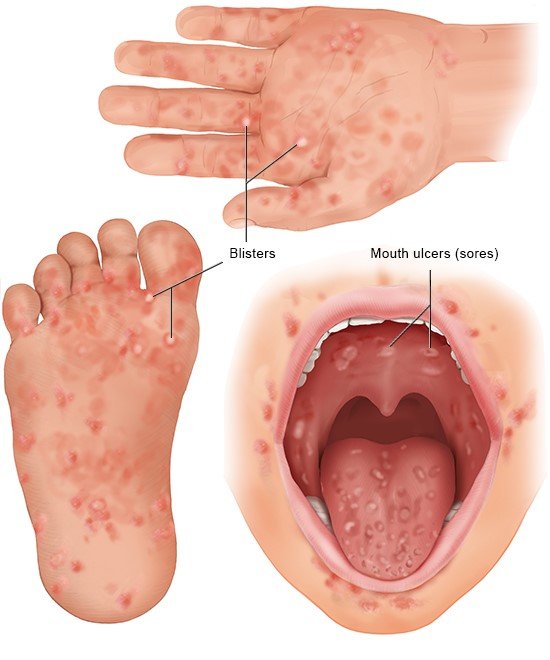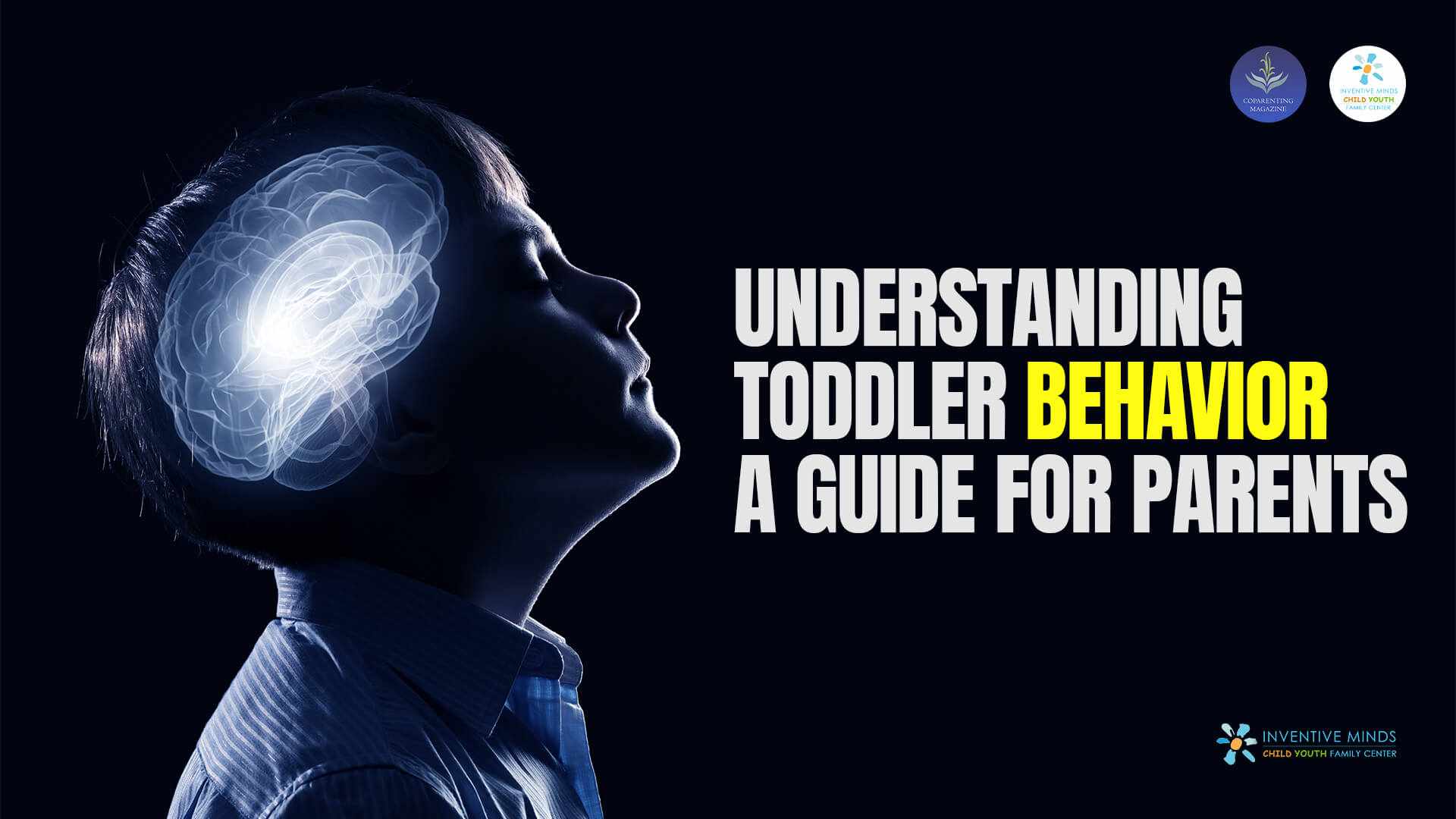Preventing and Managing Common Illnesses in Toddlers During Second Year of Life


Preventing and Managing Common Illnesses in Toddlers During Second Year of Life
 By Inventive Minds Kidz Academy
By Inventive Minds Kidz Academy
 Added Fri, Jun 27 2025
Added Fri, Jun 27 2025
 By Inventive Minds Kidz Academy
By Inventive Minds Kidz Academy
Added Fri, Jun 27 2025
Hey, Thanks For Subscribing!
Please check for a confirmation message and ensure you add us to a safe email list.
If you don't see a message in the next five minutes, check your spam or junk folders and mark our emails safe for next time.
See you soon!
Duplicate Email Found!
Well this is embarrassing... It looks like is already registered.
We have just sent an email to that address with a link to manage the subscription with us. If you don't see a message in the next five minutes, check the spam or junk folders, it's definitely there.
See you soon!

Preventing and Managing Common Illnesses in Toddlers
Toddlers are particularly susceptible to certain illnesses due to their not yet fully developed immune systems and more frequent exposure to infections in daycare and social settings. While most of these illnesses are mild and self-limited, some may require medical attention in order to prevent complications. Some of the common and noticeable disorders and conditions of toddlerhood are also common throughout childhood and thus, they will be discussed in different articles under the subject of “Common Illnesses of Childhood.” In this article, we will discuss conditions that are prominently common throughout toddlerhood but also might happen at any time during childhood. The four conditions that we will discuss here are: toddler’s diarrhea, croup, acute otitis media, and hand-foot-mouth disease (HFMD). Understanding their causes, symptoms, and management can help caregivers ensure the well-being of their children throughout toddlerhood or at any other age.

Toddler’s Diarrhea
Toddler’s diarrhea, also known as functional diarrhea among specialists, is one of the most common causes of diarrhea (especially chronic diarrhea) in children aged 6 months to 4 years. It is characterized by the frequent passage of loose and watery stools but without any signs of infection, failure to thrive, or dehydration. According to Nelson Textbook of Pediatrics, "toddler’s diarrhea is the most common cause of chronic diarrhea in well-nourished young children" and is largely attributed to excessive intake of fruit juices and carbohydrate malabsorption. The primary cause is an imbalance in fluid intake, particularly an excessive consumption of fruit juices high in fructose and sorbitol, which draw water into the intestines, increasing stool frequency. "Intestinal motility and absorption patterns in toddlers differ from older children and adults, contributing to stool looseness," states Nelson Textbook of Pediatrics.
Because there is no serious pathology behind toddler’s diarrhea, the management is usually conservative. Treatment focuses on dietary modifications rather than medication. Nelson Textbook of Pediatrics states that "reducing fruit juice intake and ensuring a well-balanced diet rich in fat and fiber can significantly improve stool consistency." Increasing fiber intake through eating whole grains, vegetables, and fruits like bananas can help normalize stool consistency. "Parents should be reassured that toddler’s diarrhea does not indicate serious illness and typically resolves by age 4.”
Croup
Croup, or laryngotracheobronchitis (simultaneous infection of the larynx, trachea, and bronchial tubes), is a viral infection causing inflammation and narrowing of the upper airway, leading to a distinctive barking cough and inspiratory stridor. It commonly affects children between 6 months and 3 years, with peak incidence in the second year of life. According to Nelson Textbook of Pediatrics, "croup is characterized by a harsh, barking cough, hoarseness, and inspiratory stridor, which typically worsen at night.” Symptoms usually begin with mild upper respiratory symptoms before progressing to airway obstruction. The characteristic "steeple sign" on neck radiographs may be observed in severe cases.

Most cases of croup are mild and can be managed at home with humidified air and hydration. Nelson Textbook of Pediatrics states that "cool mist therapy and keeping the child calm can help ease breathing difficulties." Caregivers should monitor for signs of worsening, such as difficulty breathing or persistent stridor at rest. "Prevention includes good hand hygiene and avoiding exposure to respiratory viruses, particularly during peak seasons," advises Nelson Textbook of Pediatrics.
Medical treatment usually consists of oxygen, inhaled bronchodilators, and IM anti-inflammatory drugs such as dexamethasone injection. Treatment response is usually very good, and children are discharged in a matter of hours. You should take your child to the nearest medical center at any time of day if he/she is experiencing severe dyspnea.
Figure 1: The narrowing of airway, also called steeple sign
Acute Otitis Media (AOM)
Acute otitis media (AOM) is one of the most frequent infections in young children, characterized by inflammation of the middle ear due to viral or bacterial infections. It peaks between 6 months and 2 years of age. Because babies at that age may not yet be able to communicate their aching ears, the diagnosis is mostly based on physical examination by a specialist. In more severe cases, excretion of pus from the ear might be seen, indicating severe infection of the middle ear (otorrhea).

Acute otitis media often follows common cold-like symptoms (upper respiratory infection). According to Nelson Textbook of Pediatrics, "the most common bacterial pathogens in AOM are Streptococcus pneumoniae, Haemophilus influenzae, and Moraxella catarrhalis." Most of the causing bacteria exist in the mouth and larynx as normal flora, but when the initial viral infection weakens the immune barriers, they become able to cause the infection. Risk factors include bottle-feeding while lying down, daycare attendance, secondhand smoke exposure, and a family history of ear infections. "Children with shorter and more horizontal Eustachian tubes are at increased risk due to impaired drainage," states Nelson Textbook of Pediatrics.
Symptoms include ear pain (otalgia), fever, irritability, and hearing loss. Diagnosis is confirmed by otoscopic examination. Nelson Textbook of Pediatrics notes that "a bulging, erythematous tympanic membrane with middle ear effusion is the hallmark of acute otitis media.” "Ear tugging, sleep disturbances, and increased crying may indicate ear pain in nonverbal toddlers.” First-line management includes watchful waiting for mild cases and appropriate interventions for more severe cases. Nelson Textbook states that "proper positioning during bottle-feeding and breastfeeding for at least six months can help reduce the incidence of AOM." Preventive strategies also include avoiding exposure to cigarette smoke and ensuring timely vaccinations. If your toddler is nagging all the time after the relief of common cold symptoms, you should consult a pediatrician in order to rule out acute otitis media.
Hand-Foot-Mouth Disease (HFMD)
HFMD is a highly contagious viral illness caused by enteroviruses, a type of virus that commonly infects the gastrointestinal system. HFMD primarily affects children under five years of age, especially toddlers. The disease at first presents with fever, sore throat, and malaise; then symptoms are followed by painful vesicular lesions on the hands, feet, mouth, and sometimes the buttocks.
Nelson Textbook of Pediatrics describes HFMD as "a self-limiting illness characterized by oral ulcers, vesicular rashes on the hands and feet, and occasional nail shedding in the weeks following infection.” "Dehydration is a major concern due to painful oral lesions limiting fluid intake," states Nelson.

Management is mostly supportive as there are no specific drugs for this family of viruses, and it focuses on hydration and symptom relief. Nelson Textbook of Pediatrics states that "adequate hydration and pain relief are the mainstays of treatment, as no antiviral therapy is available for HFMD." Cold fluids and soft foods can help alleviate discomfort. Preventive measures include frequent handwashing, disinfecting toys and surfaces, and keeping your infected children home from daycare or school until fever and open lesions resolve.
References
-
Nelson Textbook of Pediatrics, 22nd Edition
-
Mayo Clinic. “Croup: Symptoms and Causes.”
https://www.mayoclinic.org/diseases-conditions/croup/symptoms-causes/syc-20350348 -
American Academy of Pediatrics. “Diarrhea: Age 1–5.”
https://publications.aap.org/patiented/article-abstract/doi/10.1542/ppe_schmitt_068/82332/Diarrhea-Age-1-5?redirectedFrom=fulltext
Preventing and Managing Common Illnesses in Toddlers
Toddlers are particularly susceptible to certain illnesses due to their not yet fully developed immune systems and more frequent exposure to infections in daycare and social settings. While most of these illnesses are mild and self-limited, some may require medical attention in order to prevent complications. Some of the common and noticeable disorders and conditions of toddlerhood are also common throughout childhood and thus, they will be discussed in different articles under the subject of “Common Illnesses of Childhood.” In this article, we will discuss conditions that are prominently common throughout toddlerhood but also might happen at any time during childhood. The four conditions that we will discuss here are: toddler’s diarrhea, croup, acute otitis media, and hand-foot-mouth disease (HFMD). Understanding their causes, symptoms, and management can help caregivers ensure the well-being of their children throughout toddlerhood or at any other age.

Toddler’s Diarrhea
Toddler’s diarrhea, also known as functional diarrhea among specialists, is one of the most common causes of diarrhea (especially chronic diarrhea) in children aged 6 months to 4 years. It is characterized by the frequent passage of loose and watery stools but without any signs of infection, failure to thrive, or dehydration. According to Nelson Textbook of Pediatrics, "toddler’s diarrhea is the most common cause of chronic diarrhea in well-nourished young children" and is largely attributed to excessive intake of fruit juices and carbohydrate malabsorption. The primary cause is an imbalance in fluid intake, particularly an excessive consumption of fruit juices high in fructose and sorbitol, which draw water into the intestines, increasing stool frequency. "Intestinal motility and absorption patterns in toddlers differ from older children and adults, contributing to stool looseness," states Nelson Textbook of Pediatrics.
Because there is no serious pathology behind toddler’s diarrhea, the management is usually conservative. Treatment focuses on dietary modifications rather than medication. Nelson Textbook of Pediatrics states that "reducing fruit juice intake and ensuring a well-balanced diet rich in fat and fiber can significantly improve stool consistency." Increasing fiber intake through eating whole grains, vegetables, and fruits like bananas can help normalize stool consistency. "Parents should be reassured that toddler’s diarrhea does not indicate serious illness and typically resolves by age 4.”
Croup
Croup, or laryngotracheobronchitis (simultaneous infection of the larynx, trachea, and bronchial tubes), is a viral infection causing inflammation and narrowing of the upper airway, leading to a distinctive barking cough and inspiratory stridor. It commonly affects children between 6 months and 3 years, with peak incidence in the second year of life. According to Nelson Textbook of Pediatrics, "croup is characterized by a harsh, barking cough, hoarseness, and inspiratory stridor, which typically worsen at night.” Symptoms usually begin with mild upper respiratory symptoms before progressing to airway obstruction. The characteristic "steeple sign" on neck radiographs may be observed in severe cases.

Most cases of croup are mild and can be managed at home with humidified air and hydration. Nelson Textbook of Pediatrics states that "cool mist therapy and keeping the child calm can help ease breathing difficulties." Caregivers should monitor for signs of worsening, such as difficulty breathing or persistent stridor at rest. "Prevention includes good hand hygiene and avoiding exposure to respiratory viruses, particularly during peak seasons," advises Nelson Textbook of Pediatrics.
Medical treatment usually consists of oxygen, inhaled bronchodilators, and IM anti-inflammatory drugs such as dexamethasone injection. Treatment response is usually very good, and children are discharged in a matter of hours. You should take your child to the nearest medical center at any time of day if he/she is experiencing severe dyspnea.
Figure 1: The narrowing of airway, also called steeple sign
Acute Otitis Media (AOM)
Acute otitis media (AOM) is one of the most frequent infections in young children, characterized by inflammation of the middle ear due to viral or bacterial infections. It peaks between 6 months and 2 years of age. Because babies at that age may not yet be able to communicate their aching ears, the diagnosis is mostly based on physical examination by a specialist. In more severe cases, excretion of pus from the ear might be seen, indicating severe infection of the middle ear (otorrhea).

Acute otitis media often follows common cold-like symptoms (upper respiratory infection). According to Nelson Textbook of Pediatrics, "the most common bacterial pathogens in AOM are Streptococcus pneumoniae, Haemophilus influenzae, and Moraxella catarrhalis." Most of the causing bacteria exist in the mouth and larynx as normal flora, but when the initial viral infection weakens the immune barriers, they become able to cause the infection. Risk factors include bottle-feeding while lying down, daycare attendance, secondhand smoke exposure, and a family history of ear infections. "Children with shorter and more horizontal Eustachian tubes are at increased risk due to impaired drainage," states Nelson Textbook of Pediatrics.
Symptoms include ear pain (otalgia), fever, irritability, and hearing loss. Diagnosis is confirmed by otoscopic examination. Nelson Textbook of Pediatrics notes that "a bulging, erythematous tympanic membrane with middle ear effusion is the hallmark of acute otitis media.” "Ear tugging, sleep disturbances, and increased crying may indicate ear pain in nonverbal toddlers.” First-line management includes watchful waiting for mild cases and appropriate interventions for more severe cases. Nelson Textbook states that "proper positioning during bottle-feeding and breastfeeding for at least six months can help reduce the incidence of AOM." Preventive strategies also include avoiding exposure to cigarette smoke and ensuring timely vaccinations. If your toddler is nagging all the time after the relief of common cold symptoms, you should consult a pediatrician in order to rule out acute otitis media.
Hand-Foot-Mouth Disease (HFMD)
HFMD is a highly contagious viral illness caused by enteroviruses, a type of virus that commonly infects the gastrointestinal system. HFMD primarily affects children under five years of age, especially toddlers. The disease at first presents with fever, sore throat, and malaise; then symptoms are followed by painful vesicular lesions on the hands, feet, mouth, and sometimes the buttocks.
Nelson Textbook of Pediatrics describes HFMD as "a self-limiting illness characterized by oral ulcers, vesicular rashes on the hands and feet, and occasional nail shedding in the weeks following infection.” "Dehydration is a major concern due to painful oral lesions limiting fluid intake," states Nelson.

Management is mostly supportive as there are no specific drugs for this family of viruses, and it focuses on hydration and symptom relief. Nelson Textbook of Pediatrics states that "adequate hydration and pain relief are the mainstays of treatment, as no antiviral therapy is available for HFMD." Cold fluids and soft foods can help alleviate discomfort. Preventive measures include frequent handwashing, disinfecting toys and surfaces, and keeping your infected children home from daycare or school until fever and open lesions resolve.
References
-
Nelson Textbook of Pediatrics, 22nd Edition
-
Mayo Clinic. “Croup: Symptoms and Causes.”
https://www.mayoclinic.org/diseases-conditions/croup/symptoms-causes/syc-20350348 -
American Academy of Pediatrics. “Diarrhea: Age 1–5.”
https://publications.aap.org/patiented/article-abstract/doi/10.1542/ppe_schmitt_068/82332/Diarrhea-Age-1-5?redirectedFrom=fulltext
Most Talked About Posts
You May Also Like
Staff Picks
Now Trending
Our Newsletter
Duplicate Email Found!
Well this is embarrassing... It looks like is already registered.
We have just sent an email to that address with a link to manage the subscription with us. If you don't see a message in the next five minutes, check the spam or junk folders, it's definitely there.
See you soon!
Join Our Newsletter
Hey, Thanks For Subscribing!
Please check for a confirmation message and ensure you add us to a safe email list.
If you don't see a message in the next five minutes, check your spam or junk folders and mark our emails safe for next time.
See you soon!
Duplicate Email Found!
Well this is embarrassing... It looks like is already registered.
We have just sent an email to that address with a link to manage the subscription with us. If you don't see a message in the next five minutes, check the spam or junk folders, it's definitely there.
See you soon!










